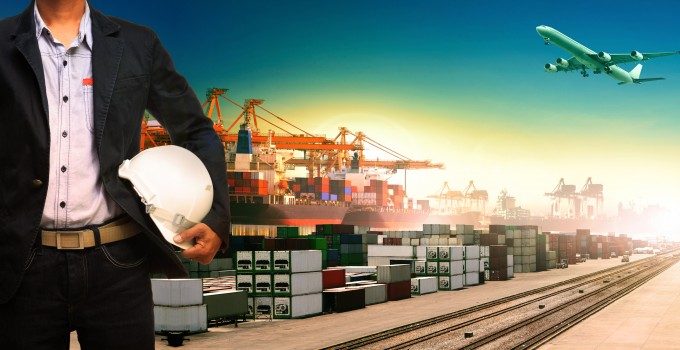Pricing deterrents have 'negligible impact' on shipping emissions, says study
Transport and Environment (T&E) has urged regulatory bodies to adopt “bespoke action” in reducing shipping ...
WTC: RIDE THE WAVEFDX: TOP EXEC OUTPEP: TOP PERFORMER KO: STEADY YIELD AND KEY APPOINTMENTAAPL: SUPPLIER IPOCHRW: SLIGHTLY DOWNBEAT BUT UPSIDE REMAINSDHL: TOP PRIORITIESDHL: SPECULATIVE OCEAN TRADEDHL: CFO REMARKSPLD: BEATING ESTIMATESPLD: TRADING UPDATEBA: TRUMP TRADE
WTC: RIDE THE WAVEFDX: TOP EXEC OUTPEP: TOP PERFORMER KO: STEADY YIELD AND KEY APPOINTMENTAAPL: SUPPLIER IPOCHRW: SLIGHTLY DOWNBEAT BUT UPSIDE REMAINSDHL: TOP PRIORITIESDHL: SPECULATIVE OCEAN TRADEDHL: CFO REMARKSPLD: BEATING ESTIMATESPLD: TRADING UPDATEBA: TRUMP TRADE

Hitherto, most of the debate surrounding the IMO’s tough 0.5% sulphur cap, coming into force on 1 January 2020, has focused on ships being fitted with scrubbers in order to continue to burn heavy fuel oil (HFO), or the option of bunkering with the more expensive low-sulphur compliant fuels.
However, in this excellent article, carried by our friends at Ship & Bunker, the author reminds ship operators that failing to clean fuel tanks completely before bunkering with low-sulphur fuel could result in contamination, push the sulphur content over 0.5% and thus risk heavy fines.


Comment on this article